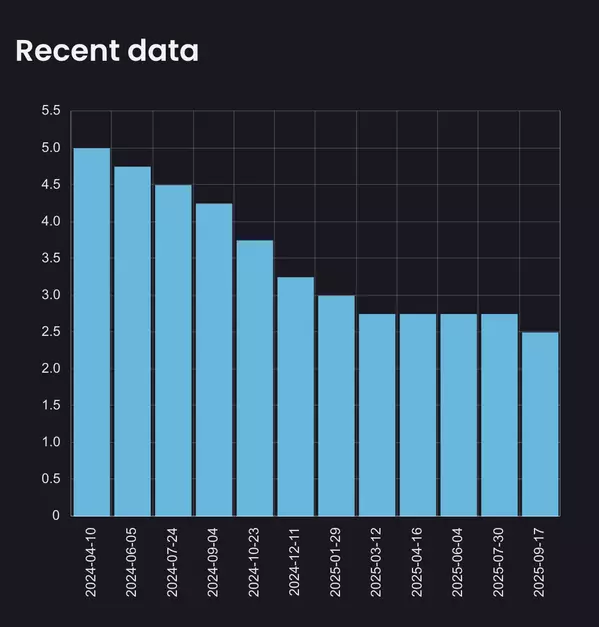Canada’s economy showed modest but notable growth in the first quarter of 2025, with real GDP rising by 0.5 per cent, translating to an annualized rate of 2.2 per cent. This follows a March increase of 0.1 per cent, rebounding from February’s 0.2 per cent decline.
Key Highlights:
✅ Goods-producing sectors rose 0.2 per cent in March,
✅ Service-producing industries grew 0.1 per cent,
✅ Leading sectors included mining, quarrying, and oil & gas extraction (+2.2 per cent), construction (+0.5 per cent), and retail trade (+0.8 per cent),
❌ Real estate agent and broker offices saw a sharp 4.5 per cent month-over-month drop.
Early estimates suggest another 0.1 per cent GDP increase in April, hinting at continued — if cautious — momentum.

What Drove Q1 Growth?
While household spending slowed to 0.3 per cent, per capita expenditures edged up 0.1 per cent. The real growth story came from trade:
Investment patterns were mixed:
-
Residential investment fell 2.8 per cent,
-
Non-residential structures declined 1.6 per cent,
-
But machinery & equipment investment jumped 5.3 per cent — a sign businesses are still upgrading their production capacity.
The household savings rate slipped from 6.0 per cent to 5.7 per cent, as disposable income growth couldn’t keep pace with nominal spending, and investment income weakened. On a per capita basis, GDP grew 0.4 per cent in Q1, an improvement over 0.1 per cent in Q4 2024.
What’s Behind the Numbers?
A key factor: tariff-avoidant behaviour.
Households, businesses, and international partners — particularly US firms and households — accelerated purchases ahead of expected tariff implementation, lifting Canadian exports and, in turn, GDP growth.
This first-quarter momentum has outpaced the Bank of Canada’s recent projections, presenting a dilemma for policymakers. While growth is welcome, central bankers remain wary of the inflationary pressures from tariff shocks and trade policy uncertainty.
As we look ahead, the Bank of Canada is likely to hold rates steady at its next meeting, monitoring Q2 data carefully for:
Stay Tuned
For more localized insights, including British Columbia’s GDP growth estimates, check out our BC Nowcast, where we track real-time economic activity across the province.












